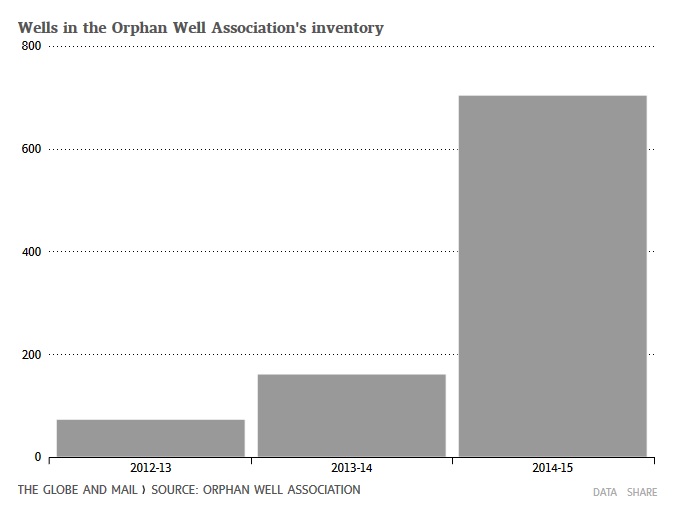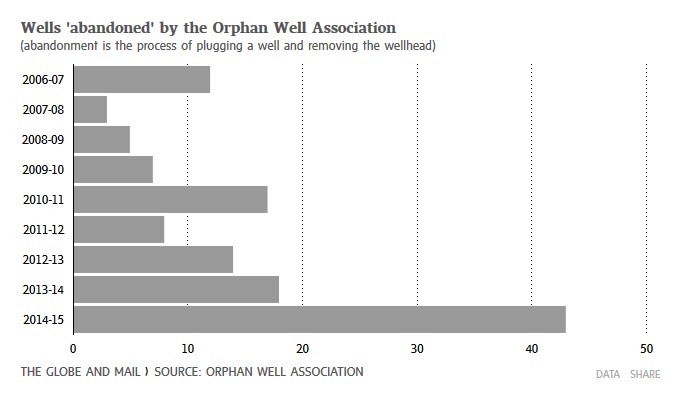
Greg Wagner said he’s been the caretaker of Frank Lake, which is important bird habitat, for almost five years.
He first noticed three dead swans in March 2015 and has found eight others on six other occasions — including one earlier this week.
“AltaLink, two years ago, went in and put in new lines so that the power lines now surround the western half of the lake,” said Wagner, a professional biologist.
“The new lines are higher and they also have a top wire … and it’s my understanding that’s for lightning protection.
“That is a single wire and it’s hell on birds.”
Since that line went in, he said he’s found the 11 dead trumpeter swans and a snowy owl carcass in the area — a number he believes could be up to 10 times higher because he’s only been in the area that’s accessible to the public.
Officials with AltaLink, which runs the line, said they’re taking the report from Wagner very seriously.
“We’re in the early stages of an investigation,” said Nikki Heck, who’s been an environmental advisor for AltaLink for 12 years.
“We have an on-staff avian biologist, in addition to myself, and he was out (Tuesday) night.
“He did not find any carcasses, but it doesn’t mean they aren’t there. They could have been scavenged.”
Wagner said he’s not 100% certain how the birds were killed, but the birds have always been found right under the lines.
“We do know that transmission lines have a major impact on trumpeter swans in the province,” he said, noting they aren’t as nimble as some birds.
“I would compare it to a passenger jet and a fighter jet: one can move on a dime; the other takes a little time to maneuver.
Heck said they know bird collisions can be an impact associated with transmission lines.
“AltaLink takes them very seriously,” she said, noting they will try to mitigate the situation based on the results of their investigation.
“We do have what’s called an avian protection plan.
Trumpeter swans, which stop at southern Alberta lakes in April as they migrate north, were recently removed from the province’s threatened species list.
They are still considered a species of special concern, with about 1,700 of the swans across Alberta.
twitter.com/cderworiz

 A pump jack on land south of Calgary, whose owner fears the well will soon be considered orphaned. Chris Bolin/Chris Bolin
A pump jack on land south of Calgary, whose owner fears the well will soon be considered orphaned. Chris Bolin/Chris Bolin Gale Tharle, a 4th-generation Alberta rancher, is photographed on his land an hour south of Calgary.
Gale Tharle, a 4th-generation Alberta rancher, is photographed on his land an hour south of Calgary.
